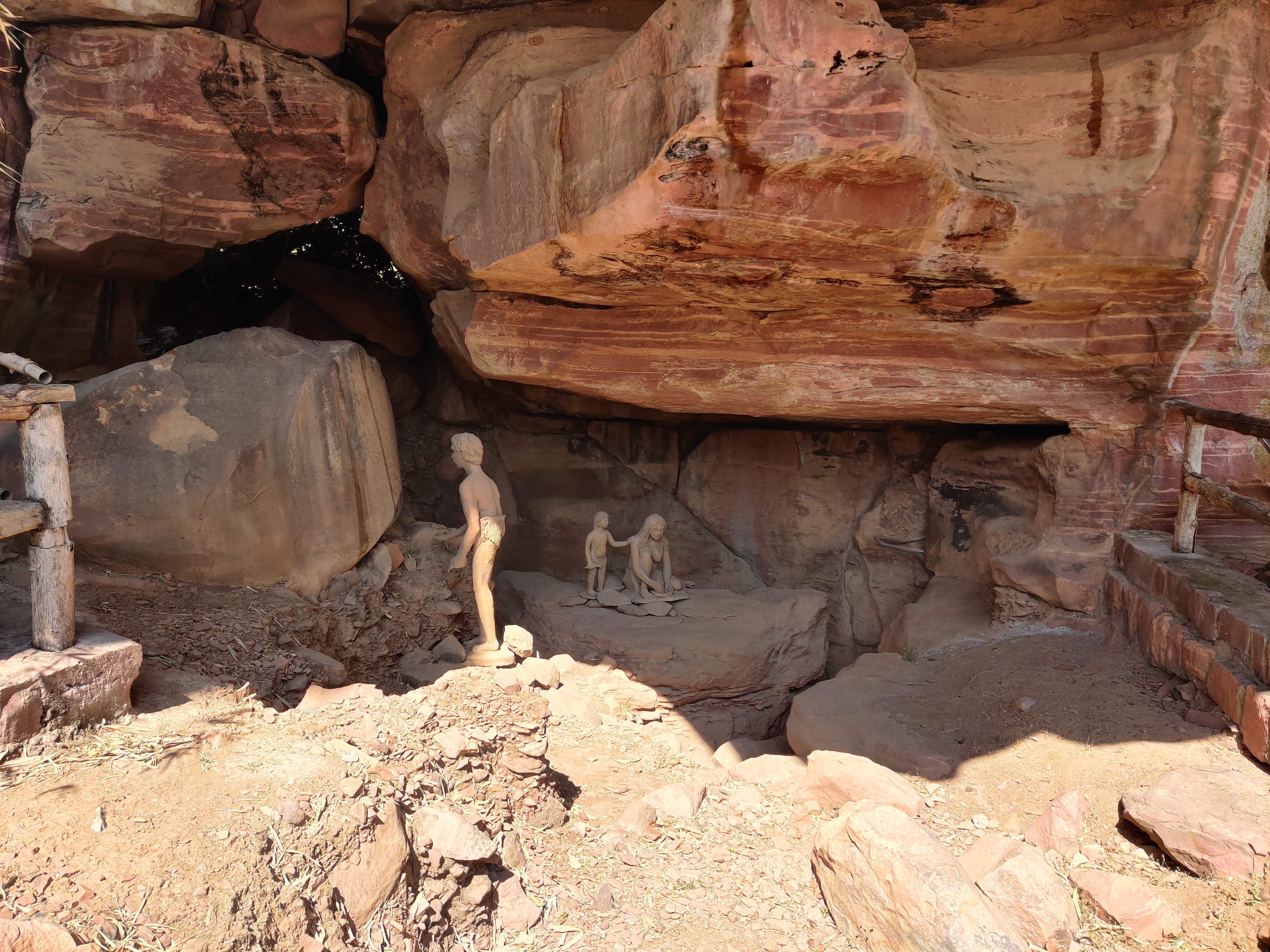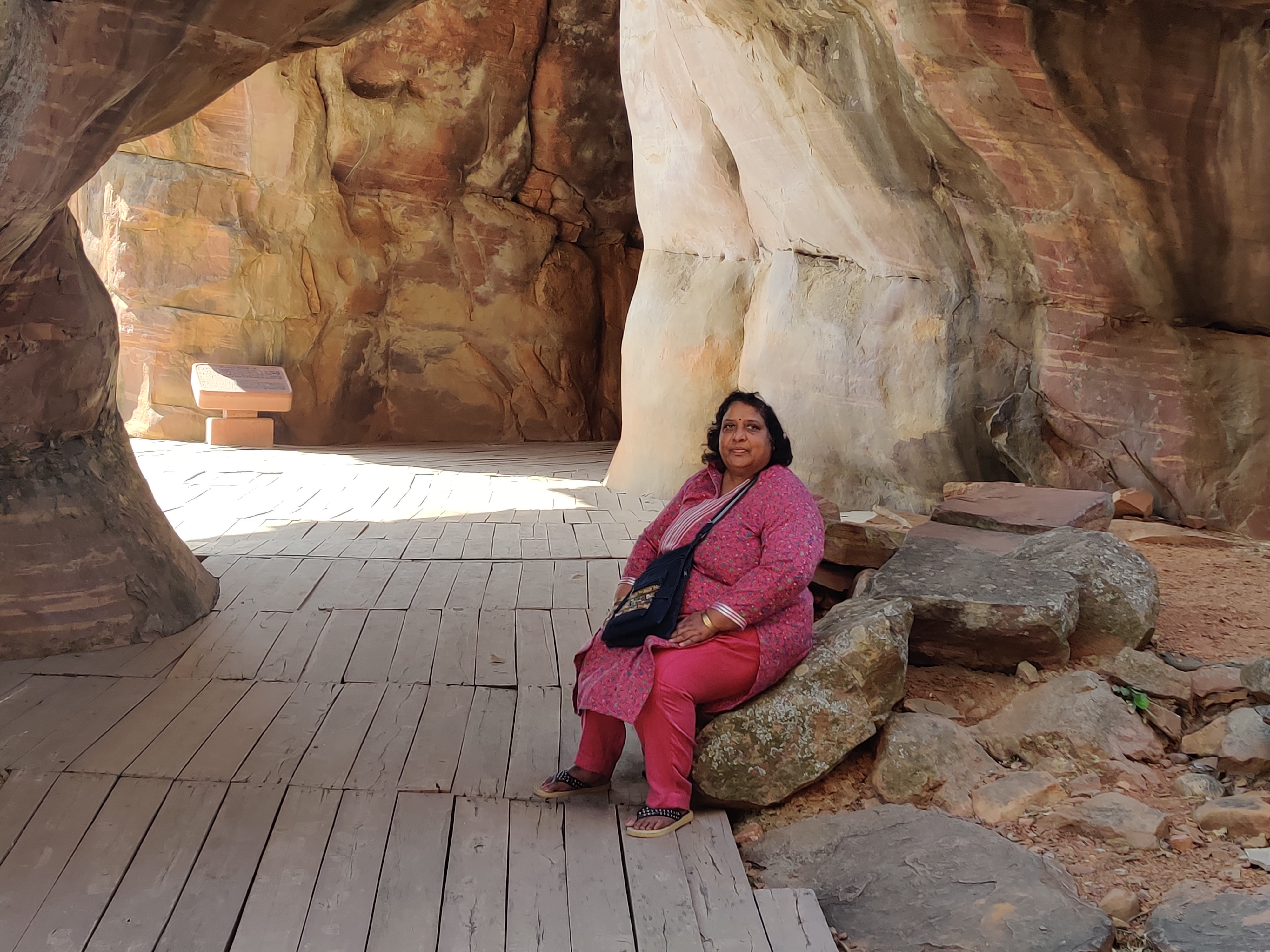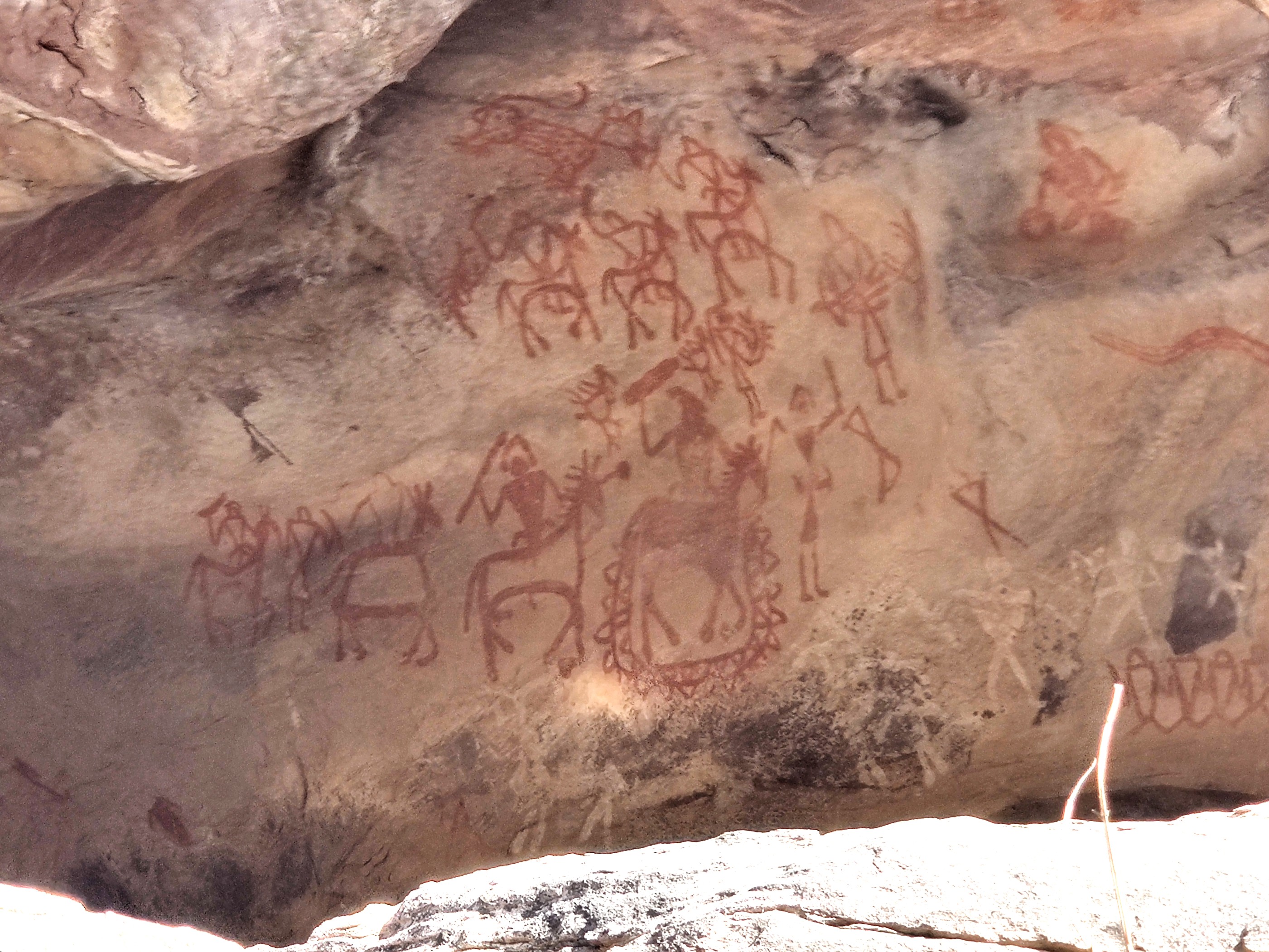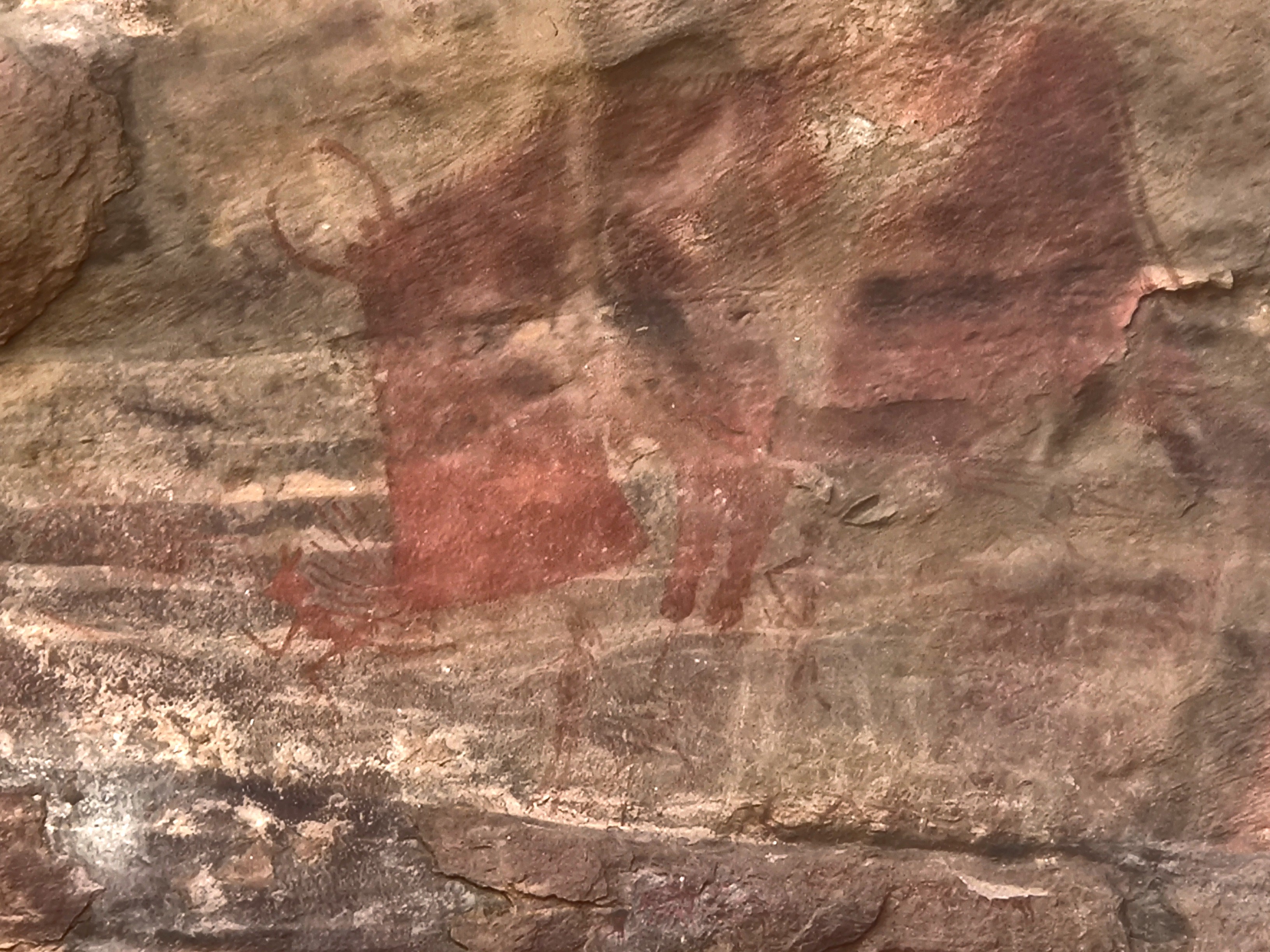Visiting Bhimbetika - where rocks tells the story of civilization.

As children in school, we learnt about the evolution of humans. Early humans were hunters and gatherers. They roamed in forests and lived in caves. But where and how were these caves? The answer lies here in Bhimbetka.
At a distance of about 45 Km from Bhopal, within the premise of Ratapani wildlife sanctuary lies the most wonderful site Bhimbetka, famous for the rock shelters that were home to the earliest man. The shelters discovered in 1957 are of great archaeological importance and have been a UNESCO world heritage site since 2003. The shelters exhibit the earliest traces of human life on the Indian subcontinent and stand as a witness to their transformation from nomadic life of hunters and gatherers to settled cultivators and much more. Their life and wisdom is recorded with paint and brush on the walls of these shelters. The story of Indian civilization begins here. There are hundreds of rock shelters here, most of them are located in deep forest and not easily approachable by road. Only a small colony with about fifteen caves is open for the visitors.

We hired a guide from the parking lot who had good knowledge of the place. I always prefer to hire a guide at such places. They share interesting stories and the points we could miss. The caves were at a distance from the Parking and it took us about ten minutes to reach there. As we walked through the narrow pathway, our guide enlightened us about the place and its discovery.

The entrance cave is named ‘Auditorium cave. It is a large 25m horizontal cave, built by huge black boulders that were visible from a distance. This is the largest and a significant cave with features couple of paintings. Recently, it was in the news for the fossils found on the roof. These fossils belonged to an animal ‘Dickinsonia’, the earliest known living animal that lived on earth 550 million years ago.
The most interesting cave in this complex is the ‘Zoo rock’. It has the largest collection of paintings that were made between the later paleolithic period to the medieval era. The oldest ones were made in white and depicted local animals like boar, bison, deer, snake and peacock. Their regular activities like hunting and dancing are beautifully depicted. The drawings will remind you of the Gond art. The Gonds are the largest and the oldest tribes living in Central India. Later on shades of red were used and the themes were more sophisticated.

One of the walls had a painting that looked like a war scene. According to our guide, this was the Mauryan army. The cavemen were not familiar with the horses. The figures were drawn in the style which resembled the warli art, a popular folk art of central India. The Mauryan Prince Ashoka, was married to a girl from nearby Vidisha, the marriage procession is beautifully created here. The paintings are so well preserved that it was difficult to imagine them being made thousands of years ago.
The white and red colours were obtained from rocks. Later they had learnt to extract colour from plants which can be seen in the paintings in the next cave.

I could see only a few caves, the other caves were situated at a height and were difficult for me to climb but my son went up and clicked photos for me. In a small cave, there was a painting of a huge boar chasing a man. This reminds me of the story of Varah avatar, the third incarnation of Vishnu, who appeared to kill the mighty demon Hiranyaaksha. There is also a rock that is naturally shaped like a turtle. The second incarnation of Vishnu was a turtle. I wondered if the cavemen were aware of these stories.
This place is named Bhimbetka which means resting place of Bheem. It is believed that the Pandava brothers spent some time here during exile. But we did not find any evidence. While excavating, the archaeologists found some skeletons which belonged to people who were at least 7-8 ft tall. The word Bheem is also used as a synonym for huge.
Bhimbetka is just one cluster. There are four others on the adjoining hills of Vinayaka, Bhornawali, Lakhajuar East and Lakhajuar west. There may be many more waiting to be discovered.
There are many beautiful places near Bhopal with per-historical significance, I can’t wait to see what learn on my next trip.
P.S.
Special thanks to Guide Vimal for the stories and explanations of paintings.